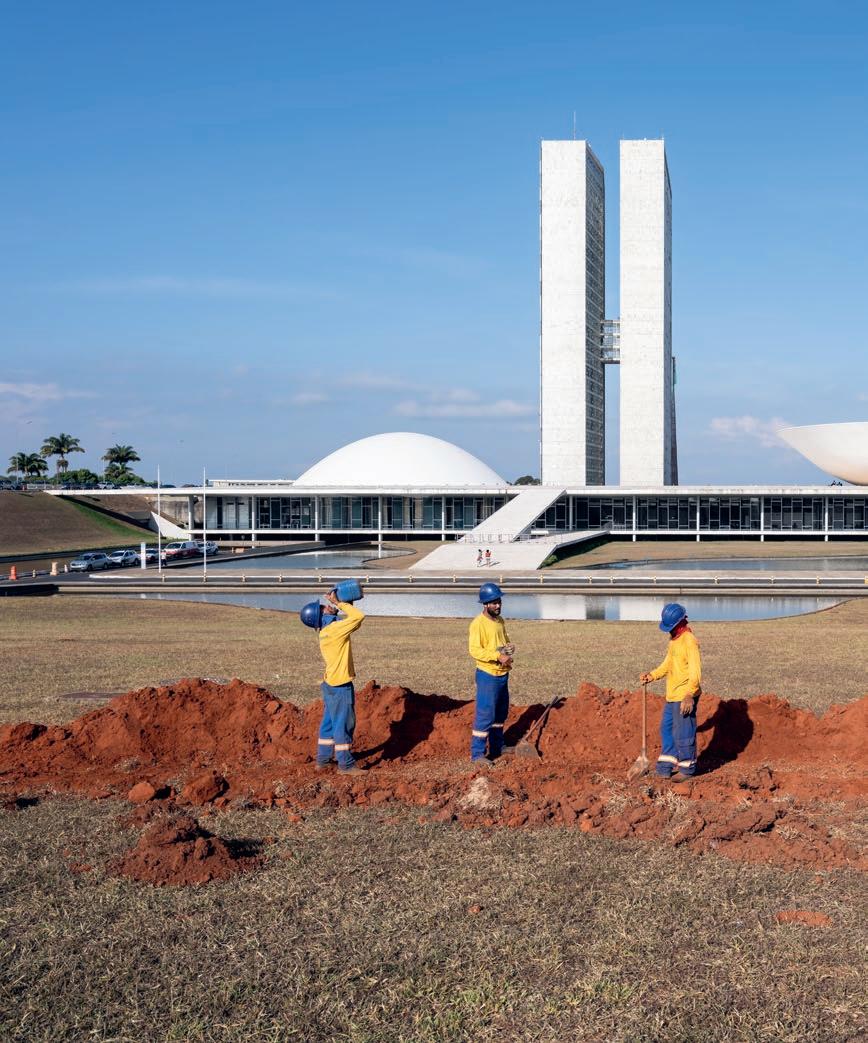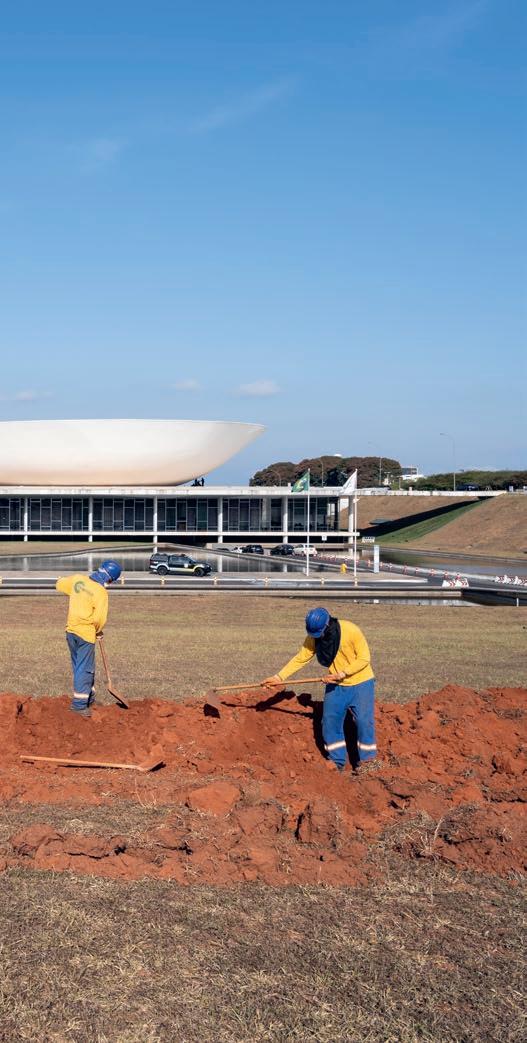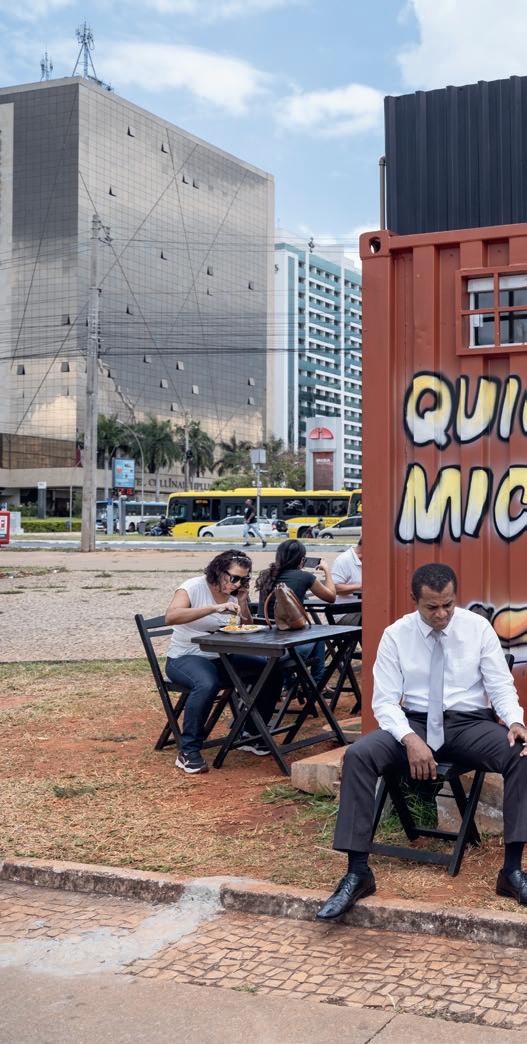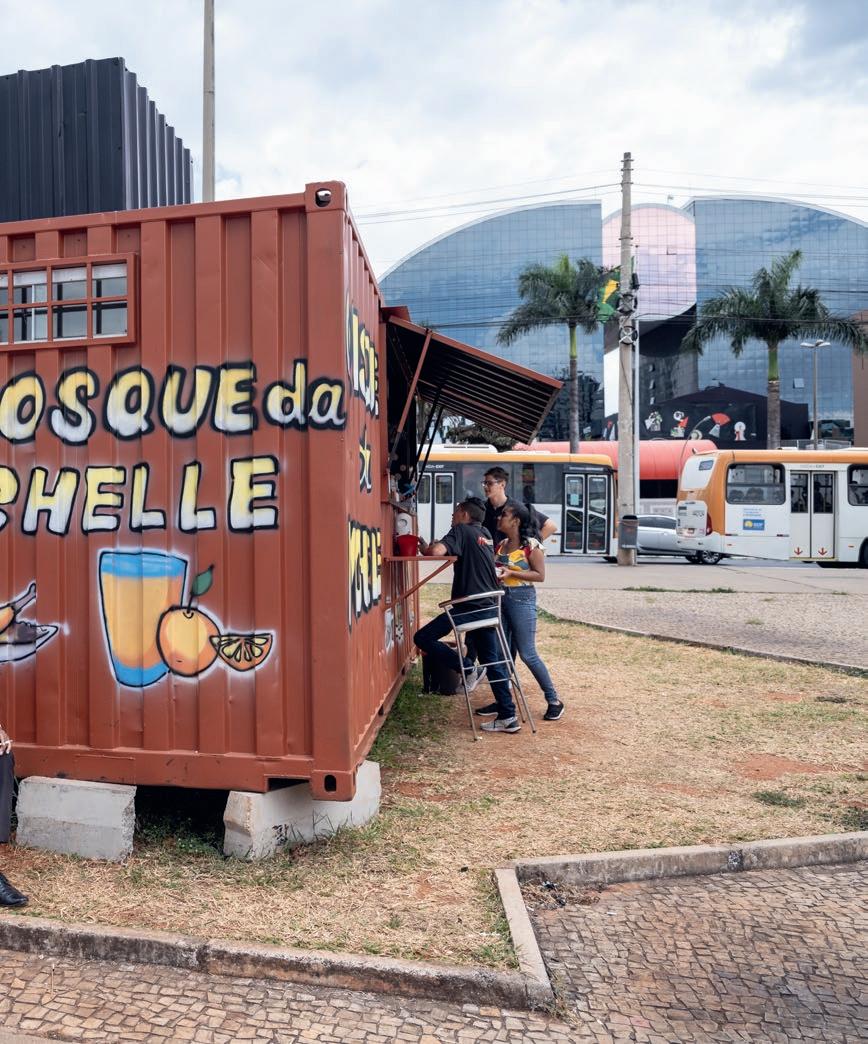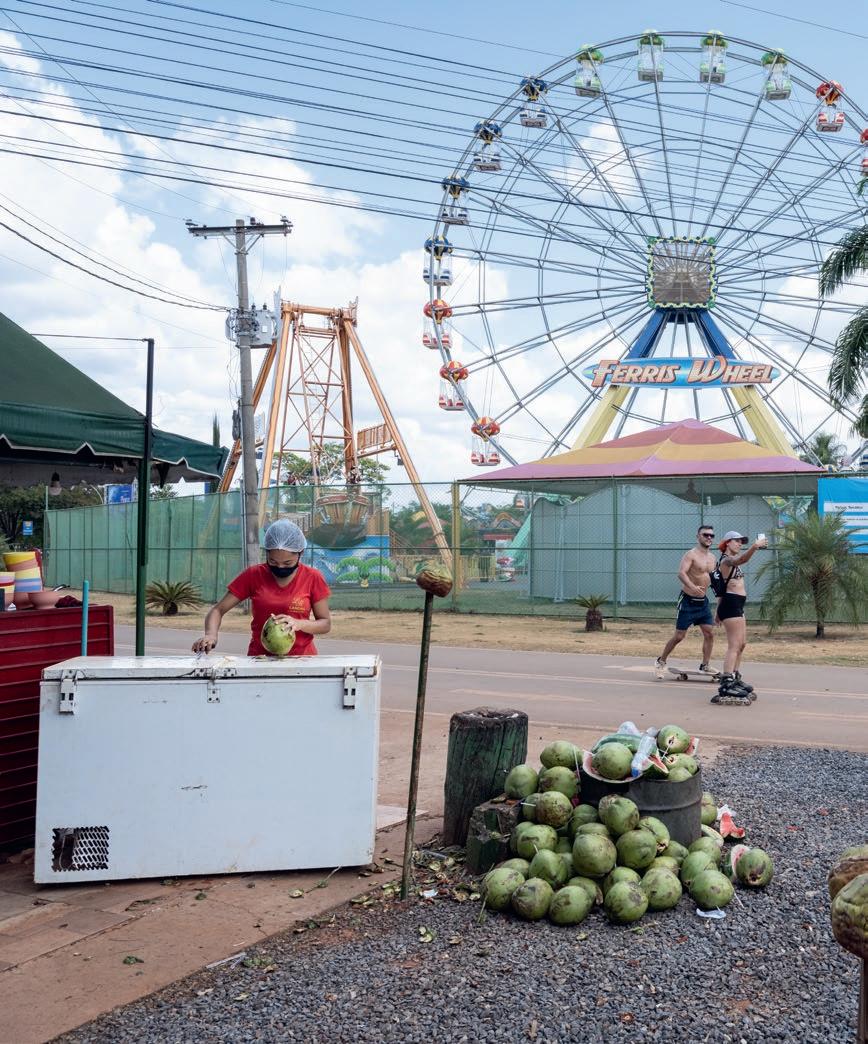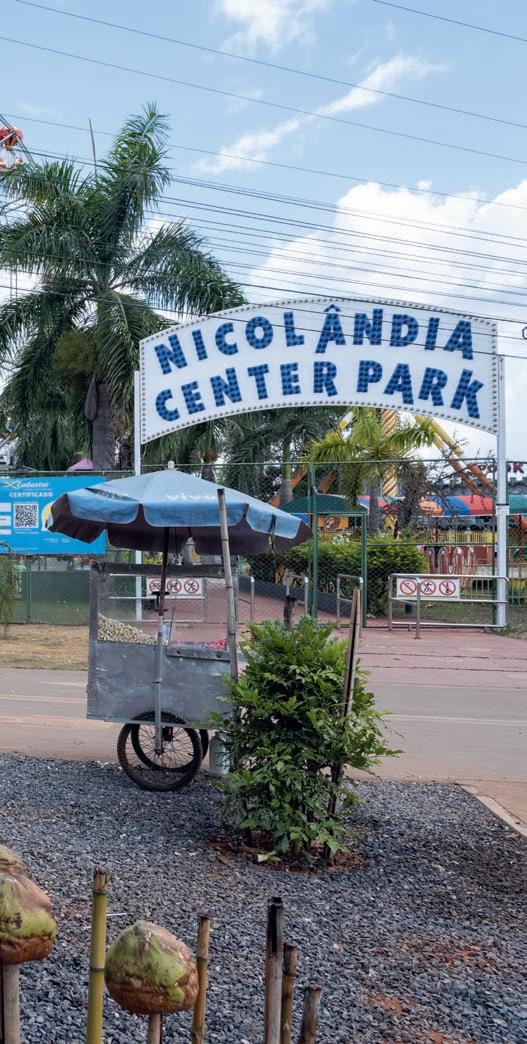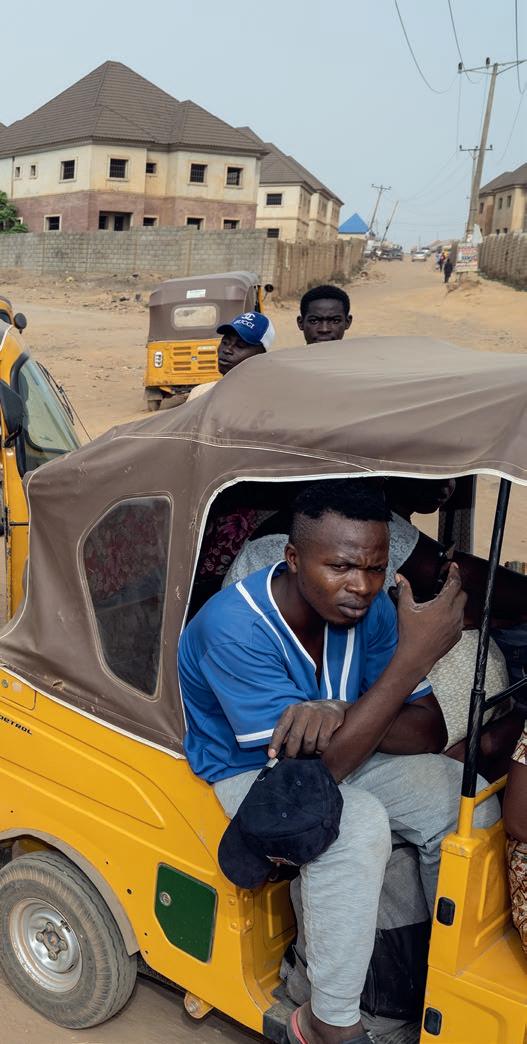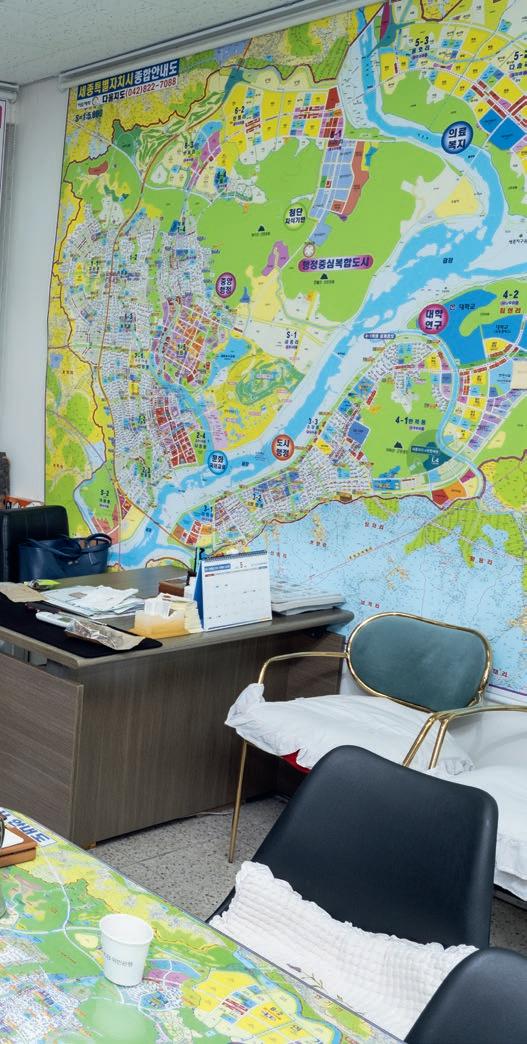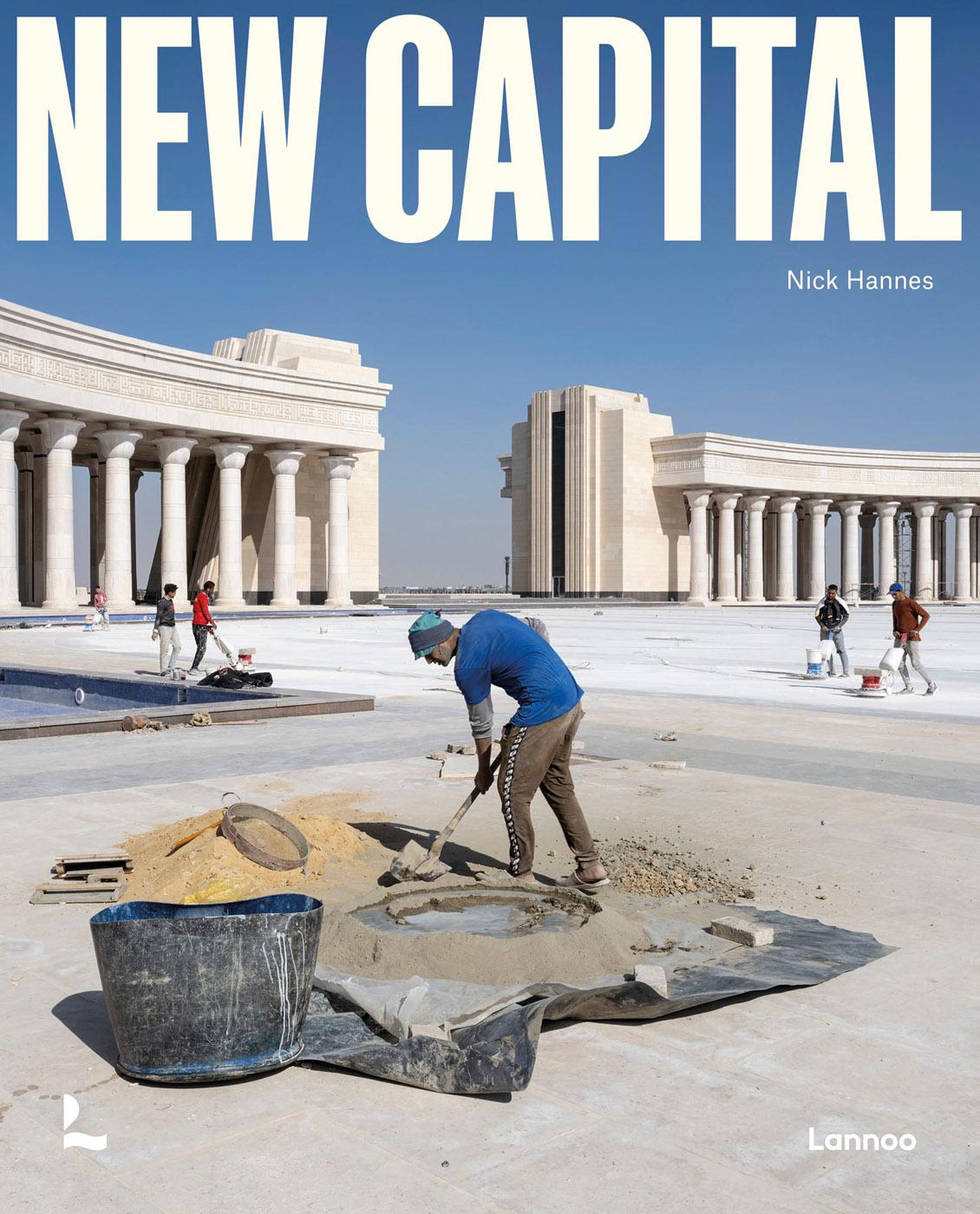
bombings. In reality, the ruling junta needed Abuja to create a necessary buffer between itself and all Nigerian people. To safeguard against unrest, General Ibrahim Babangida, responsible for the formal relocation of the capital in 1991, converted the presidential villa into an elaborate fortress with underground tunnels and bomb-proof bunkers.
Apart from these types of extravaganzas, the adoption of generic ‘international’ templates has stripped the new capitals of contextual individuality. Their designs have not guarded or promoted the national ‘culture’, despite that often being the stated intention. Instead, interchangeable cities without history have been created.
Grand design schemes
Irrespective of the internal images and perceptions, countries that have built new capitals have consistently endeavoured to project a shiny external image, one that mirrors the competitive and stratified nature of their societies. By creating new capitals, national leaders have aspired to redefine their homelands as bastions of refined culture, economic prowess and discerning taste.
The design of new capitals has often reflected the totalising visions of egotistic politicians, bureaucrats or designers pursuing self-aggrandisement, glorification and immortalisation. Powerful politicians or government bureaucrats, embodying a ‘benevolent patriarchy’, have served as champions for the construction of the new capitals. Moreover, renowned designers imported from far afield have imposed their own vision and identity on the capital cities they have designed, introducing solutions that are disconnected from the local context.
New capitals are characterised by sprawling plazas and boulevards, anchored by fountains, statues, obelisks and so on. Apart from Sejong, the plans of all cities feature broad linear thoroughfares that run through their centres. This style draws from European urbanism in the Grand Manner — a model that has been evolving since the Renaissance. Locally, it has been rationalised in a variety of ways.
For example, the monumental Nurzhol Boulevard in Astana’s pharaonic plan was justified by the belief that Kazakhs have a preference for openness rooted in their nomadic heritage. The Disneyland-like architecture along the boulevard features a mix of styles, with abstract symbols that are not necessarily unique to the region. Locals’ opinions about this space are divided, with some perceiving it as vibrant and exciting, akin to a ‘foreign’ setting; others feel a sense of emptiness, artificiality and even anxiety, finding the area alienating and eerie in its appearance. On the positive side, this ceremonial axis is pedestrian-friendly.
While NAC’s autocratic backers wanted the city to feature sleek designs by top Western urban planners and architects, the reality is an unstylish mixture of postmodern styles ranging from rococo-inspired ornamentation to 1980s brutalism, combined with Egyptian and Islamic elements.
Even Brasília’s Pilot Plan nucleus, the oldest of the case studies, covers a vast space which far surpasses human scale. The primary driver of the city’s urban layout was the road transportation infrastructure rather than the threedimensional urban image. As Jan Gehl has pointed out, the Pilot Plan may look impressive when observed from an aeroplane, but it lacks vibrancy and charm when experienced on foot. Similarly, in Abuja, public space voids dwarf the building mass.
A comparatively less ambitious version of a new capital city, smaller and not majestic, Sejong lacks a grand symbolic boulevard, and its layout does not adhere to a hierarchical grid system. Instead, it is often regarded as the epitome of a ‘postmodern’ capital due to its decentralised urban plan, featuring a vast green area at its core and a ring road. These are meant to symbolise decentralisation, democracy and equal opportunity. However, Sejong’s aesthetics are unappealing. The city is a quiet and nondescript expanse of government structures, encircled by rows of identical residential tower blocks and manicured parks commonly seen throughout urban areas in South Korea.
Modernisation and lifestyle
An agenda of modernisation (of design and society) has been present in new capitals. Automobility is a cornerstone of modernity as conceived in these cities. In Astana, as in Abuja and Brasília, car ownership is a major status symbol. While Astana is automobile-orientated, it lacks the road and parking infrastructure to support a large and growing number of vehicles. Although the city is just a few decades old, many people waste several hours daily battling congestion. During the exceptionally cold winters, a significant portion of the centre becomes impassable outside of a vehicle due to the considerable distances separating destinations. Whilst Abuja’s core boasts some of the best road infrastructures in Nigeria, the outer districts are as congested as in the former capital, Lagos. As in Brasília, protracted daily commutes are common for the mass of impoverished workers who live in satellite shanty towns.
A focus on modernity, speed and order has led new capital city planners to give short shrift to issues of liveability, affordability, walkability and accessibility. Strict planning checks have often backfired, leading to high levels of peri-urban informality. Housing inequalities are as severe as differentials in mobility and infrastructure access, even where — as in Brasília — the initial intention is to create an egalitarian city. Brasília’s spatial arrangement, with a focus on centralising work and dispersing housing into suburbs, gave rise to class stratification and various social tensions right from its inception. Presently, there is a stark contrast between the privileged centre (the famous Pilot Plan) and the marginalised periphery, reflecting patterns seen in other Brazilian cities, but exacerbated in the case of Brasília. In NAC, an affordable housing policy has already been scrapped.
